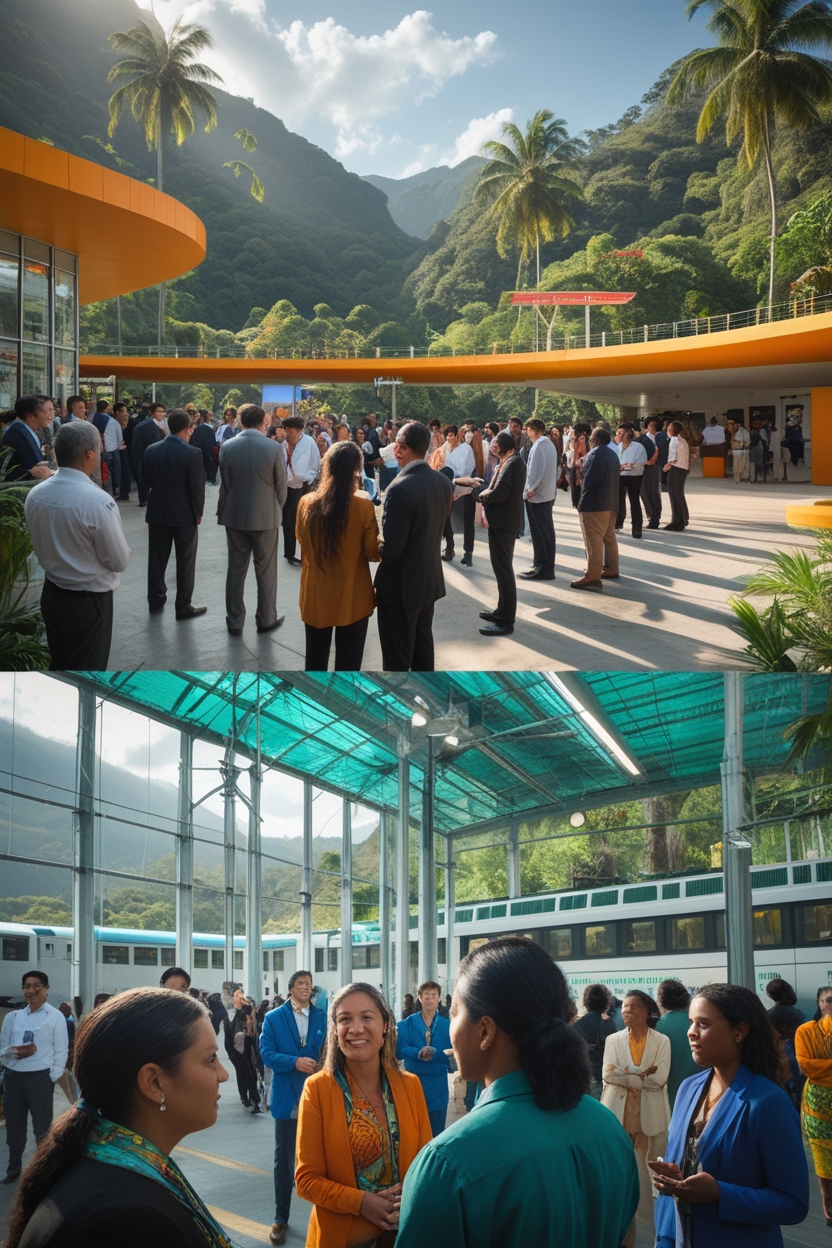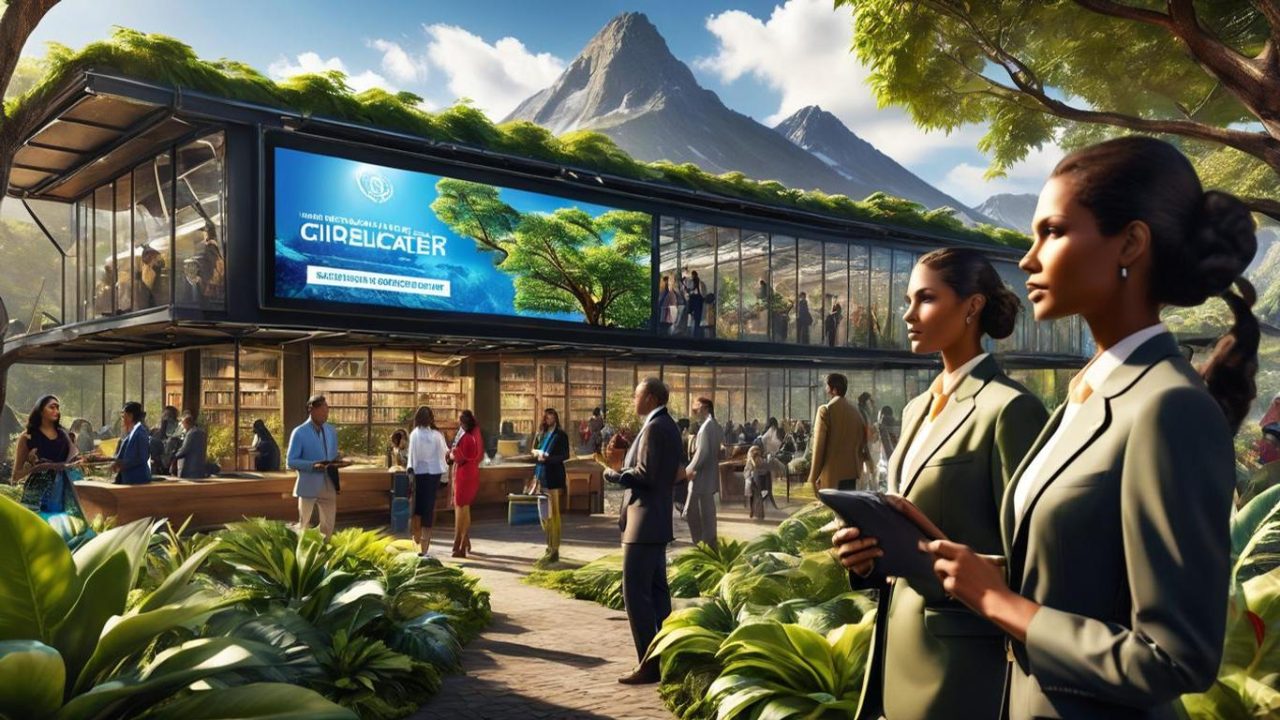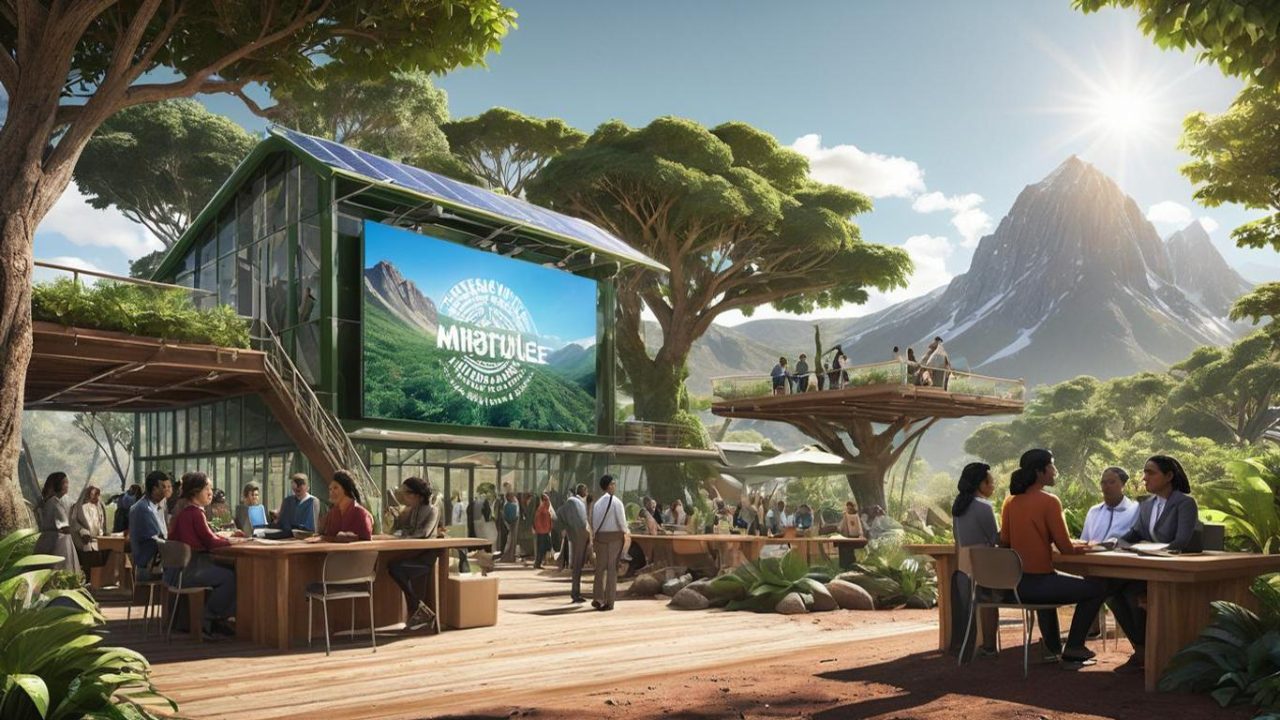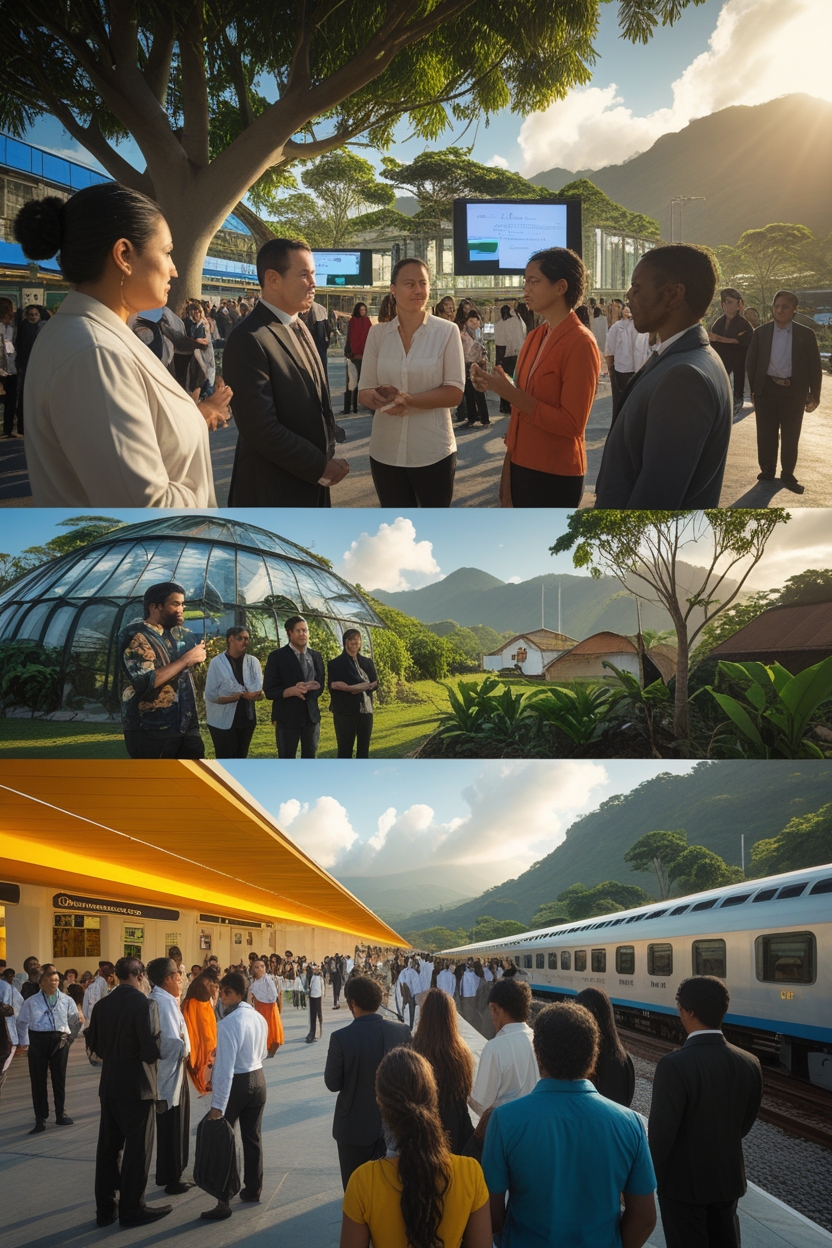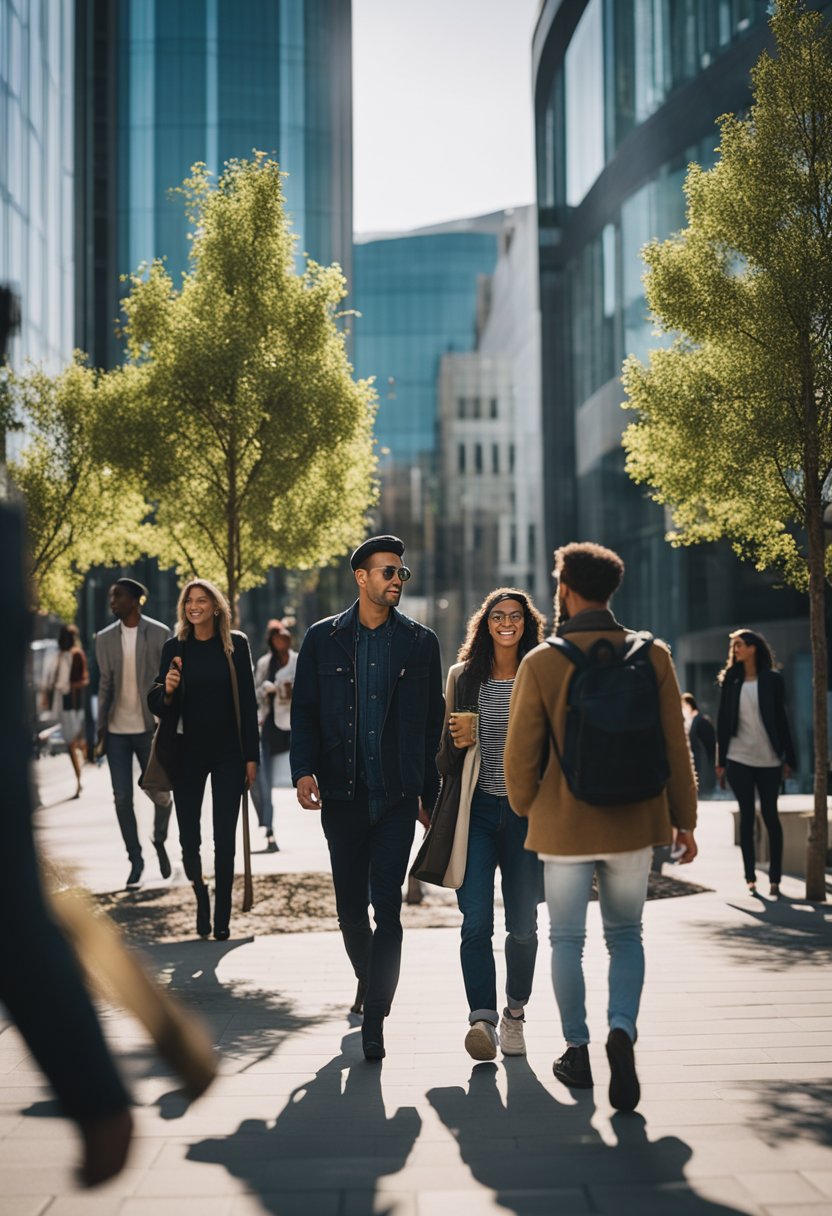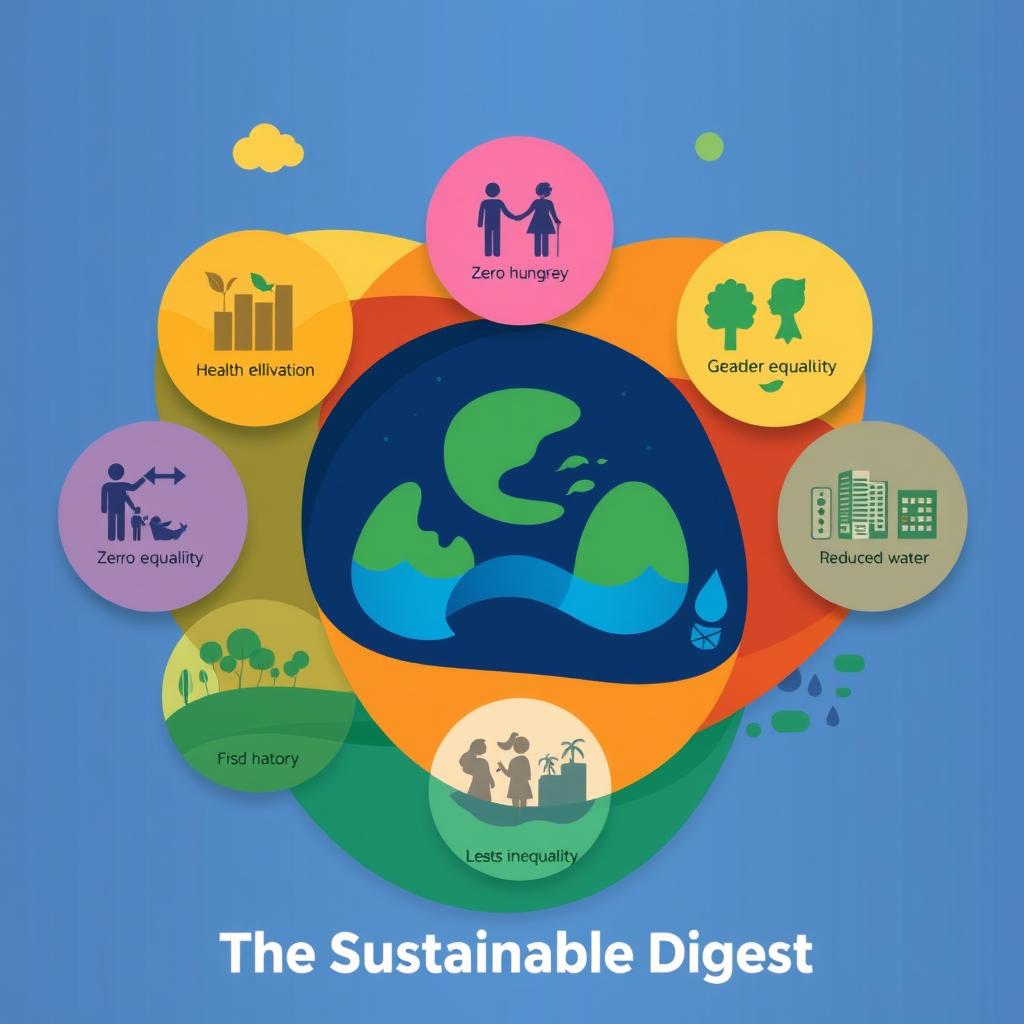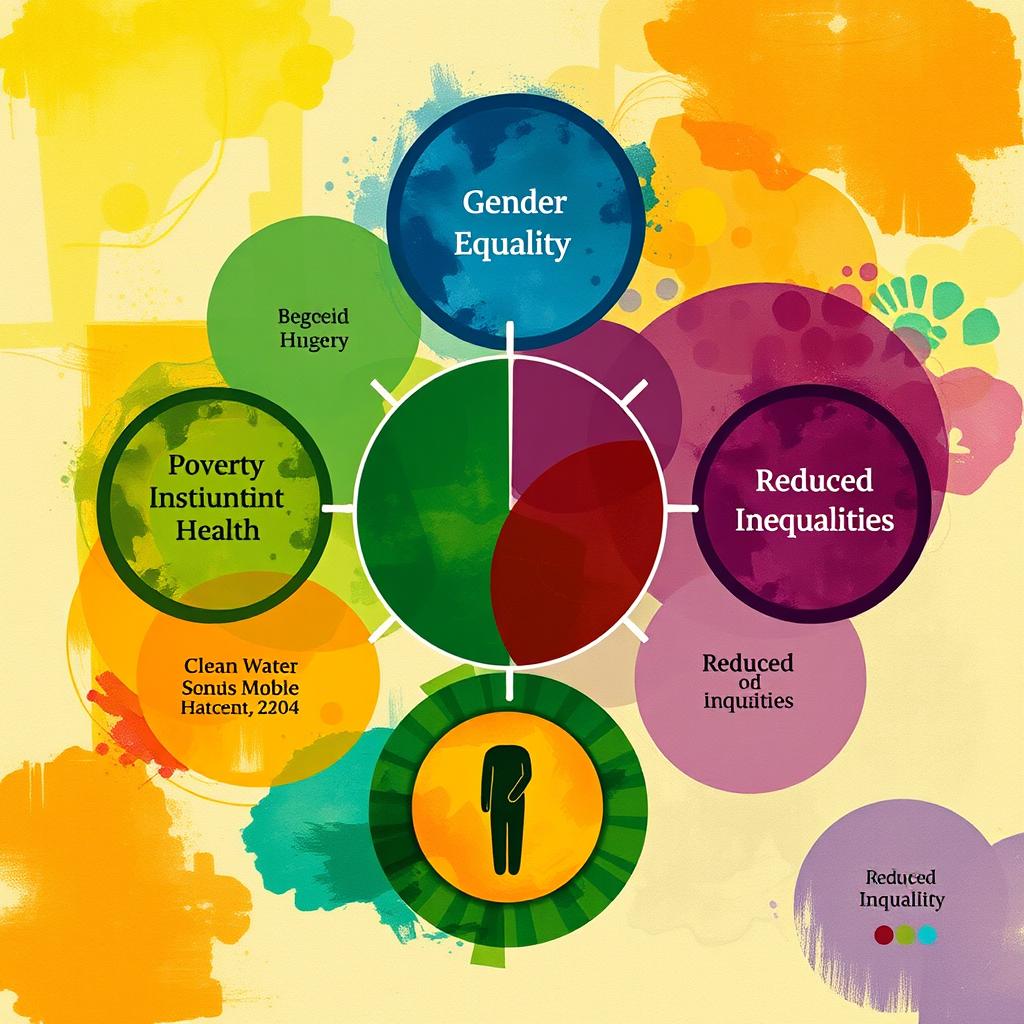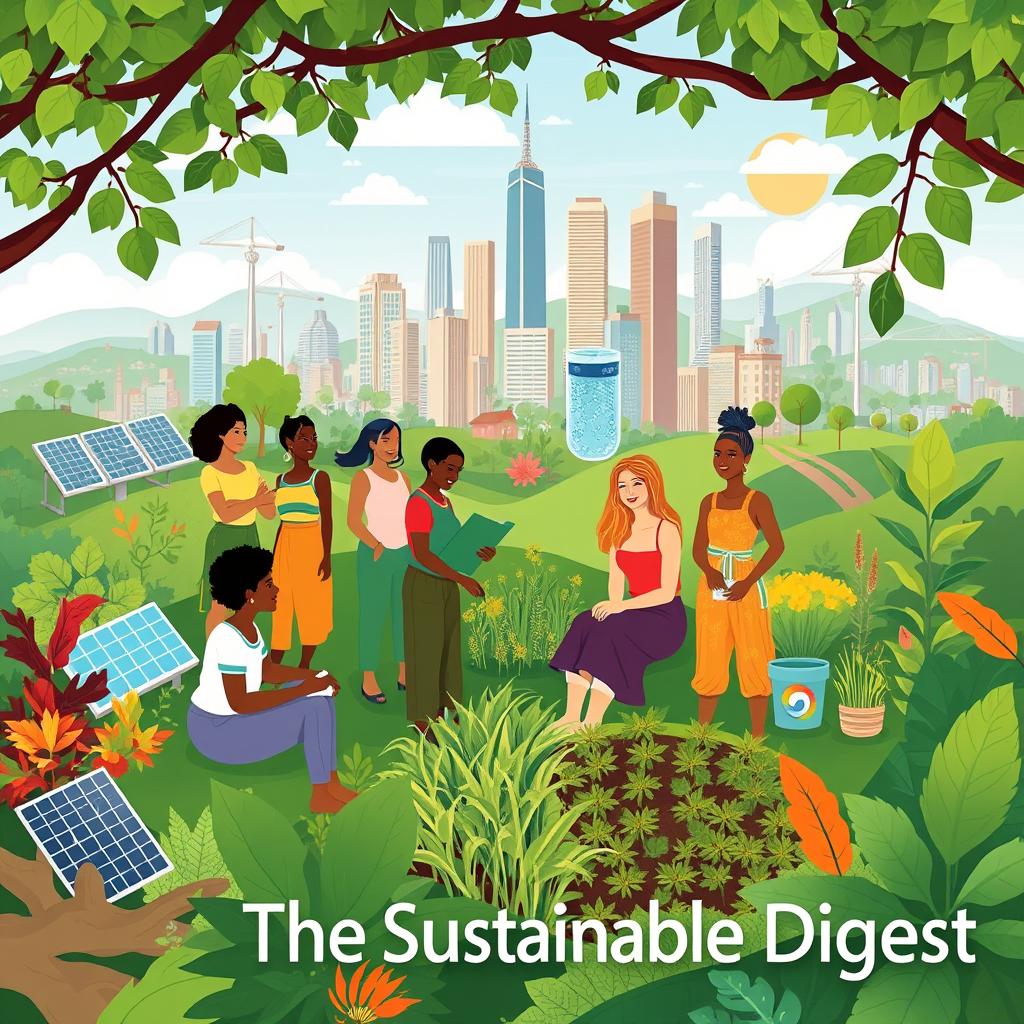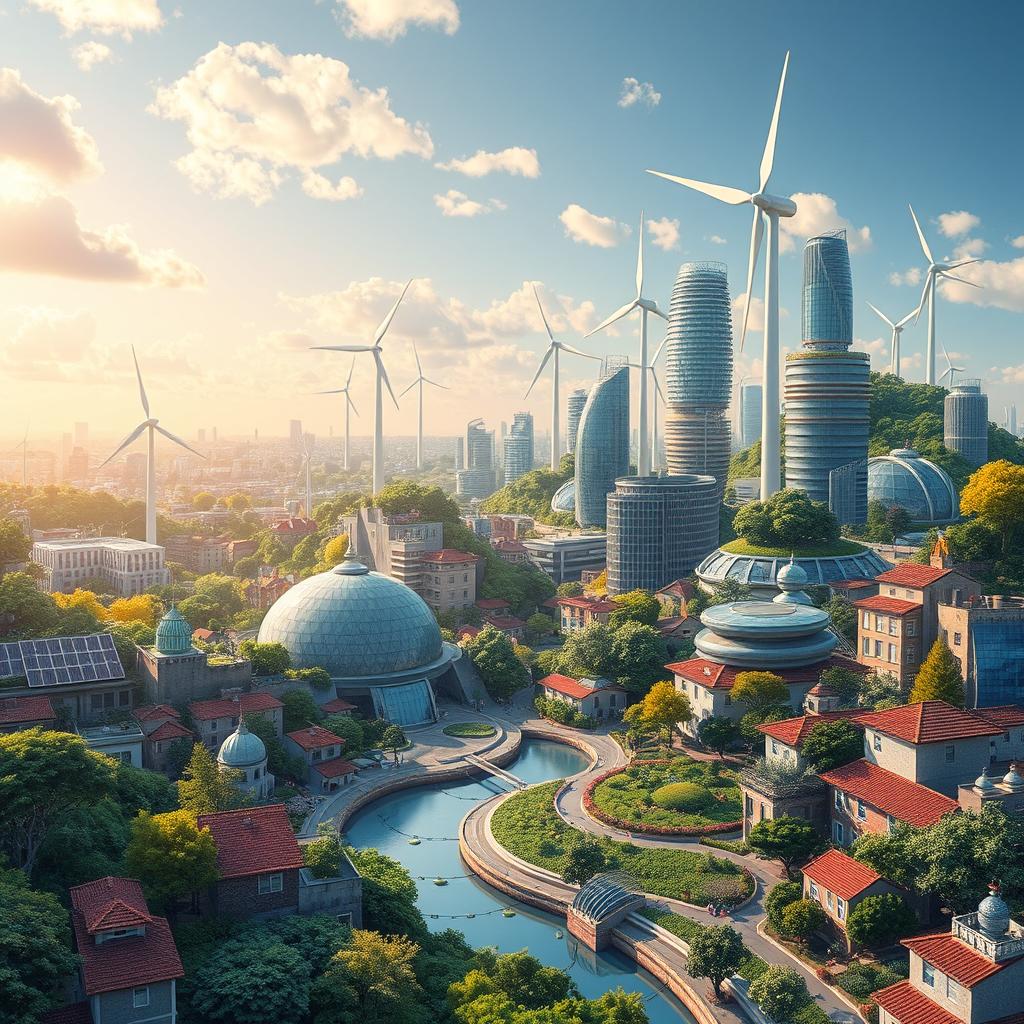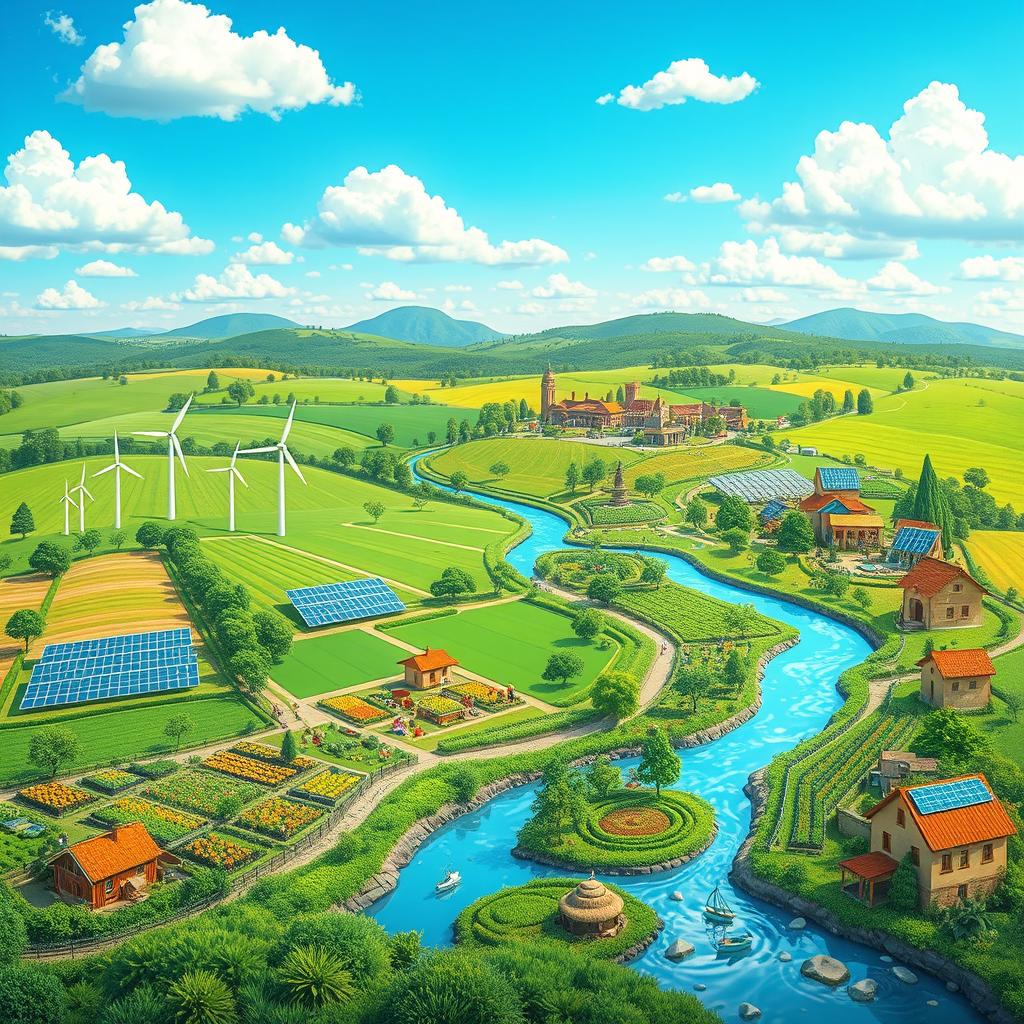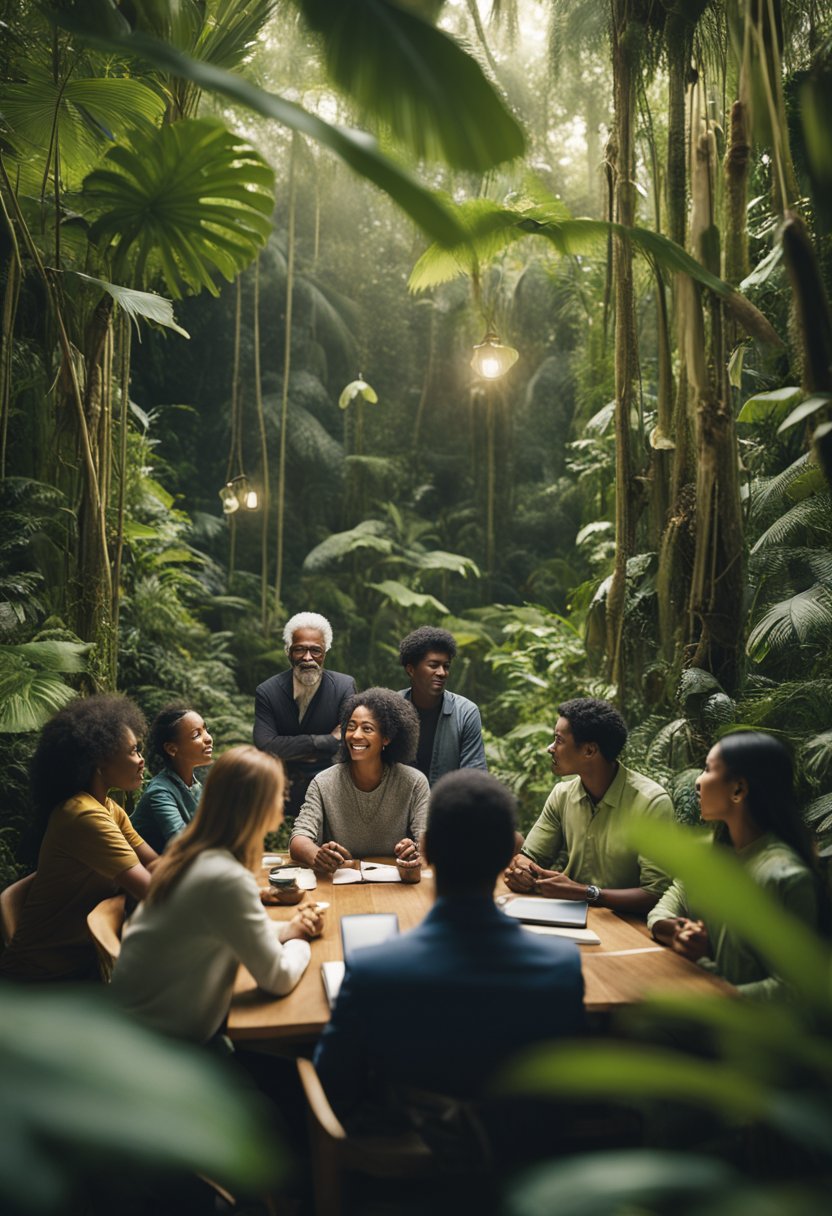
In today post pandemic climate, cooperative business models with continuous resistance from traditional commerce structures, are challenging the way entrepreneurs view industry and community. The focus of shared ownership and making decisions together seemed only exclusive for shareholders and executive board members, however, this is the way communities can tackle economic, social, and environmental issues together.
The benefits of cooperative business models for sustainable development are clear. They balance making money by doing good, creating stability for people and the planet.
Cooperatives are making a difference in many areas, like renewable energy and fair trade. They bring together workers, consumers, or producers to make decisions that benefit everyone. This approach matches global goals, like the UN’s Sustainable Development Goals, showing that sustainable development through cooperation is possible and can grow.

Cooperatives don’t follow the usual top-down structure. Instead, everyone has an equal say in how things are run. This builds trust, fights inequality, and promotes doing the right thing. As we face bigger challenges like climate change and economic gaps, cooperatives offer a way to grow together.
Understanding Cooperative Business Models in Today’s Economy
Cooperative business models mix old and new ideas to tackle today’s problems. They put member needs first, not just making money. This approach offers different cooperative business model types old and new that support sustainable development advantages. Their success is based on seven key principles from the International Cooperative Alliance.
Definition and Core Principles of Cooperatives
Cooperatives greatest benefits of being owned by their members democratically can not be overstated. As a reminder, the fundamental principles include:
- Voluntary and open membership
- Democratic member control
- Member economic participation
- Autonomy through independent action
Historical Development of Cooperative Enterprises
Cooperatives started in the 19th century, with the Rochdale Pioneons in 1844. By the 20th century, they grew worldwide. They helped during tough times, showing their strength over the years.
The Resurgence of Cooperative Models in Modern Business
Today, cooperatives are tackling big issues as people grow more confident with the possibility. Issues such as, inequality and climate change. They use digital platforms for worker-owned tech startups and promote ethical shopping. These cooperative business approaches blend old values with new tech. They help in areas like energy and farming.
The Different Types of Cooperative Business Models
Cooperative models for sustainability many forms can suit the owner. Each type is designed to meet specific goals. They empower both communities and businesses.

Worker Cooperatives: Employee-Owned Enterprises
In worker cooperatives, employees run the show together. Alvarado Street Bakery in California is a great example. It shows how this model builds loyalty and shared success.
Decisions are made democratically. This means every member has a say.
Consumer Cooperatives: Community-Based Consumption
Consumer cooperatives, like REI, let members shape what they buy and how much they pay. They focus on fair prices and community needs, not just making money. This leads to advantages of cooperative enterprises like clear prices and easy access.
Producer Cooperatives: Collaborative Production Networks
Big names like Ocean Spray and Land O’Lakes are producer cooperatives. Farmers work together to get better deals. This helps them avoid relying on middlemen and increases their market power.
Multi-Stakeholder Cooperatives: Balancing Diverse Interests
These models bring together workers, consumers, and producers. The Evergreen Cooperatives in Cleveland is a good example. It shows how to create a complete economic system that tackles social and environmental issues.
Platform Cooperatives: Democratic Digital Businesses
Platform cooperatives, like Stocksy United, change the digital world. They make sure users own the platforms they use. This is different from the usual gig economy apps, offering fairer ways to make money and decide how things are run.
| Type | Description | Example |
|---|---|---|
| Worker | Employee-owned businesses | Alvarado Street Bakery |
| Consumer | Member-driven retail | REI |
| Producer | Agricultural collectives | Land O’Lakes |
| Multi-Stakeholder | Hybrid interest groups | Cleveland Evergreen |
| Platform | Democratic digital networks | Stocksy United |
These models show that cooperative models for sustainability are flexible. They can focus on fairness, innovation, or protecting the environment. They help build strong, people-focused economies.
Benefits of Cooperative Business Models for Sustainable Development
Cooperative business models are great for sustainable development. They make profit and purpose go hand in hand. This helps communities tackle economic, social, and environmental issues together. Here’s how they make a real difference:
Economic Resilience Through Shared Ownership
Cooperatives focus on long-term stability, not just quick profits. Studies show they do better in tough times. For example, during the 2008 crisis, worker cooperatives kept 90% of their staff. This is part of their cooperative business impact:
- Members make financial decisions, avoiding risky bets
- Profits are reinvested locally, boosting regional economies
- Shared risk means they last longer
Social Equity and Community Empowerment
Cooperatives share power and wealth fairly. Members get to vote and share profits, cutting down on inequality. In rural areas, they bring services like healthcare and education that private companies often don’t. This approach:
- Makes economies more inclusive, where everyone’s voice is heard
- Helps underserved communities by reinvesting profits
- Opens doors for marginalized groups to make decisions
Environmental Stewardship and Long-Term Thinking
Cooperatives are better at being green than traditional businesses. Their focus on the future means they invest in renewable energy and sustainable practices. For example, 70% of agricultural cooperatives use regenerative farming, compared to 30% of the industry. This focus:
- Values the planet over quick profits
- Supports circular economies, reducing waste
- Teaches future generations to care for the environment
These benefits show that cooperative business models are not just good—they’re essential for sustainable development. They offer a way to grow that’s good for the economy, fair for everyone, and kind to the planet.
How Cooperatives Foster Social Inclusion and Economic Democracy
Cooperative businesses focus on fair participation, helping communities left out of economic power. They give ownership and voting rights to groups like women, immigrants, and those with low incomes. In Detroit, Weaver’s Circle Cooperative trains and profits those who were once incarcerated, showing how cooperatives can rebuild trust and offer new chances.

| Cooperative Type | Social Inclusion Focus | Example |
|---|---|---|
| Worker Cooperatives | Job creation for disadvantaged workers | Arizmendi Bakery (Bay Area, CA) |
| Consumer Cooperatives | Access to affordable goods/services | Sunrise Community Market (Chicago) |
| Multi-Stakeholder | Integration of diverse community needs | Evergreen Cooperatives (Pittsburgh) |
Cooperatives use one-member-one-vote systems for fair decision-making. Mondragon Corporation in Spain shows this, where all members decide on profits. This differs from traditional companies that hold power in a few hands.
Cooperatives also have a big impact. They keep money in the community, reducing unemployment and driving innovation. Equal Exchange, a fair-trade cooperative, buys coffee from farms that are run democratically. This shows that fairness and profit can go hand in hand.
Cooperative Approaches to Green Energy and Eco-Friendly Production
Cooperatives are changing industries by focusing on green energy and eco-friendly production. They use teamwork to push for sustainable development through cooperation. This shows that working together can make profits and protect the planet.
Renewable Energy Cooperatives Transforming the Power Grid
Community-owned energy cooperatives are making green energy more accessible. In Germany, EWS Schönau cooperative powers 10,000 homes with 100% renewable energy. In the U.S., groups like Cooperative Energy Futures in Minnesota let members invest in solar and wind projects. This way, they help move away from fossil fuels faster.
Sustainable Manufacturing Through Cooperative Structures
Worker cooperatives are changing how things are made to be more eco-friendly. The New Era Windows Cooperative in Chicago uses mostly recycled materials and aims for zero waste by 2025. This approach makes long-term environmental goals more achievable, as members benefit directly from cleaner production.
“When workers own the factory, sustainability isn’t a cost—it’s a survival strategy,” said a spokesperson from a Midwest manufacturing cooperative.
Agricultural Cooperatives Leading in Organic and Regenerative Farming
Organic Valley, a U.S. dairy cooperative, brings together 2,300 farmers for regenerative agriculture. By working together, they can use soil-friendly practices without risking their finances. These cooperative strategies for sustainability help make eco-friendly production bigger than just individual farms.
From wind turbines to farm fields, cooperatives show that teamwork can make sustainability a real plan for progress.
Case Studies: Successful Cooperative Enterprises Driving Sustainability
Real-world examples show that cooperative business models can succeed while focusing on sustainability. These stories highlight the cooperative business impact. They show how these businesses balance making money with doing good.

REI: A Consumer Cooperative Success Story
REI is an outdoor retailer owned by its members. It returns profits to members through dividends and supports environmental projects. REI has become carbon neutral and aims for zero waste. This shows that making money and caring for the planet can go hand in hand.
Mondragon Corporation: Worker Cooperation at Scale
Mondragon was started in Spain and now has over 80,000 worker-owners. They work in many fields, from manufacturing to education. With more than 100 cooperatives, they keep a fair pay ratio. This shows how cooperatives can build strong economies and fair societies.
Equal Exchange: Fair Trade Through Cooperative Business
Equal Exchange works directly with small farmers in poor countries. They cut out middlemen to ensure fair pay. This model helps farmers and delivers quality products, showing the power of cooperative business.
Challenges and Solutions in Implementing Cooperative Business Models
Cooperative business models face hurdles like finding capital and making decisions democratically. Yet, many succeed by using cooperative strategies for sustainability. They turn these challenges into their strengths.

- Financing barriers can be overcome with member crowdfunding, community investment, or partnerships with lenders like the National Cooperative Bank.
- Decision-making delays are reduced with hybrid models. These combine elected leaders and digital voting, balancing democracy with speed.
- Training from groups like the National Cooperative Business Association (NCBA) helps build expertise in running cooperatives.
To compete with big corporations, cooperatives use sustainable development advantages. They focus on ethical practices, like in renewable energy co-ops. They also form alliances, like food networks, to cut costs and boost impact. People want to support businesses that are transparent and help their communities, which benefits cooperatives.
Success comes from using tested methods. Cooperatives in green energy lead by using member ideas. They focus on long-term goals and building trust in their communities. This shows that cooperative strategies for sustainability are strong. The way forward is clear: education, working together, and finding the right finance.
Financing and Investment Strategies for Cooperative Ventures
Getting funding is key to a cooperative’s success. By using cooperative business approaches, they build strong financial systems. These systems reflect their values.

“Strong financing models ensure cooperatives thrive without sacrificing their mission-driven ethos.”
Cooperatives use member-driven capital, like equity shares and community investment campaigns. This way, they can pool resources democratically. Platforms like community investment crowdfunding help connect ventures with local supporters. This boosts advantages of cooperative enterprises such as shared risk and ownership.
- Member shares: Flexible structures like preferred shares or capital accounts balance growth and control
- Cooperative banks: Institutions like Shared Capital Cooperative and the Cooperative Fund of New England provide mission-aligned loans
- Innovative models: Social impact bonds and patient capital grants support long-term cooperative strategies for sustainability
Cooperatives use a mix of grants, loans, and member contributions to grow. They now have access to funding that matches their values and growth needs. This is thanks to new tools and partnerships.
The Policy Landscape: How Governments Can Support Cooperative Development
Good policies can help cooperatives grow and support sustainable development through cooperation. Governments around the world are looking at ways to help these businesses. They want to create special rules for them.
Tax Incentives and Legal Frameworks
Legislation is key. For example:
- Italy cuts corporate taxes for worker-owned firms to 15%, lower than usual
- The U.S. has Subchapter T rules that stop double taxation on cooperative dividends
- Quebec’s Caisse desjardins gives special legal protection to cooperatives

Public Procurement Opportunities
| City | Initiative | Impact |
|---|---|---|
| New York City | 2023 Co-op Preference Policy | Reserves 5% of contracts for cooperatives |
| Barcelona | Cooperatives in Public Works | Allocates 30% of municipal projects to worker-owned businesses |
| Cleveland | Evergreen Cooperatives Program | Secured $50M in public-private partnerships |
Educational Programs and Technical Assistance
Training systems like Spain’s Centros de Iniciativa Cooperativa give startup grants and mentorship. Quebec’s Chambres de l’agriculture network offers free legal advice to cooperative founders. These efforts help new cooperative models for sustainability start up.
Creating new policies helps cooperatives make a bigger cooperative business impact. Local governments can set good examples. They can also adjust these examples to fit their area’s needs.
Future Trends in Cooperative Business Models and Sustainable Innovation
In the past 10 to 15 years, more and more cooperative models are being adapted to face challenges like climate change and inequality. They’re moving towards eco-friendly production and Green energy networks. This shift combines old ways with new tech for better sustainable development benefits of collaboration.

| Old Models | New Innovations |
|---|---|
| Traditional agricultural co-ops | Platform co-ops (e.g., Stocksy United) |
| Worker co-ops (Mondragon style) | Data co-ops (e.g., Democracy Earth) |
| Consumer co-ops (REI) | Circular economy co-ops (Evergreen Cooperatives) |
Stocksy United shows eco-friendly production can succeed online. Green energy projects, like community solar co-ops, make renewables more accessible. Preston’s model links local businesses with public services, making areas more resilient.
“Cooperatives are reinventing themselves as engines of climate action and equity.” – UN Sustainable Development Report 2023
Hybrid models mix cooperative values with B Corps, balancing profit and purpose. These different cooperative business model types old and new highlight the importance of working together. The future is about businesses that adapt and focus on people and the planet.

Conclusion: Embracing Cooperative Models for a Sustainable Future
Cooperative business models show the benefits of cooperative business models for sustainable development. They focus on shared ownership and community goals. This leads to economic strength, social fairness, and environmental protection.
Companies like Mondragon Corporation and Equal Exchange are great examples. They prove the cooperative business impact in fighting inequality and saving resources. Their sustainable development benefits of collaboration come from working together towards shared goals.
These models help entrepreneurs create inclusive businesses. They allow consumers to make ethical choices and investors to support responsible ventures. Policymakers can help by creating better laws and funding. Educators can teach future leaders about cooperative strategies.
Together, we can move towards a fairer, greener economy. Cooperatives are real solutions, not just dreams. They show us how to balance making money with doing good, leading to a sustainable future.

Key Takeaways
- Cooperatives combine economic success with social and environmental goals.
- Shared ownership strengthens communities and promotes fair resource distribution.
- Democratic governance ensures decisions benefit all members, not just shareholders.
- These models advance global sustainability targets through collective action.
- Cooperatives prove that profitability and responsibility can thrive together.




